Experts Reveal the Germiest Spot in Your Home You’re Forgetting to Clean
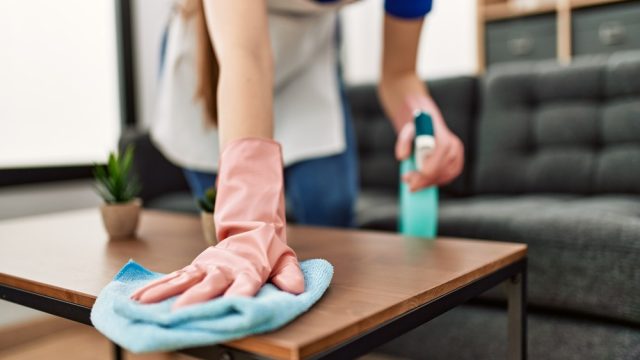
Scientists and researchers agree the kitchen sponge is, on average, the most bacteria-ridden item in your home, even after cleaning and sanitizing. Unfortunately, sponges are not the only spots in your home that are hotbeds for germs—there are quite a few yucky things you could be overlooking entirely. “Maintaining clean surfaces at home is important because it’s the first line of protecting your family,” Lori Delorme Banks, an assistant professor of biology at Bates College in Lewiston, Maine, tells AARP. Here are the germiest spots in your home you may be forgetting to clean.
RELATED: How to Avoid Germs on Airplanes.
Your Toothbrush Holder Is Teeming With Bacteria
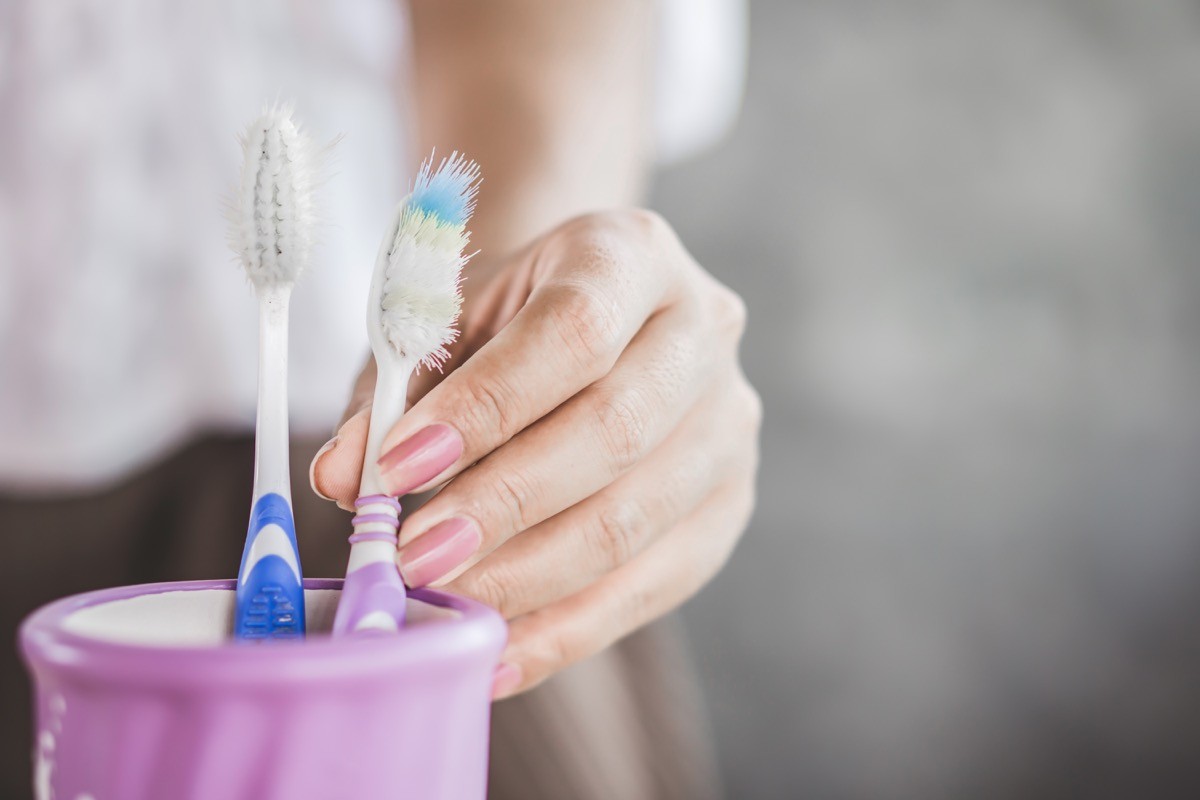
According to a germ study conducted by NSF, your toothbrush holder is the third germiest place in the home after kitchen sponges/rags and the kitchen sink. “The chances are it’s one of the dirtiest things in the house,” says CityMD. “In fact, a 2011 public health organization report found that 27 percent of toothbrush holders tested positive for coliform bacteria, which includes Salmonella and E. coli.”
Pet Bowls
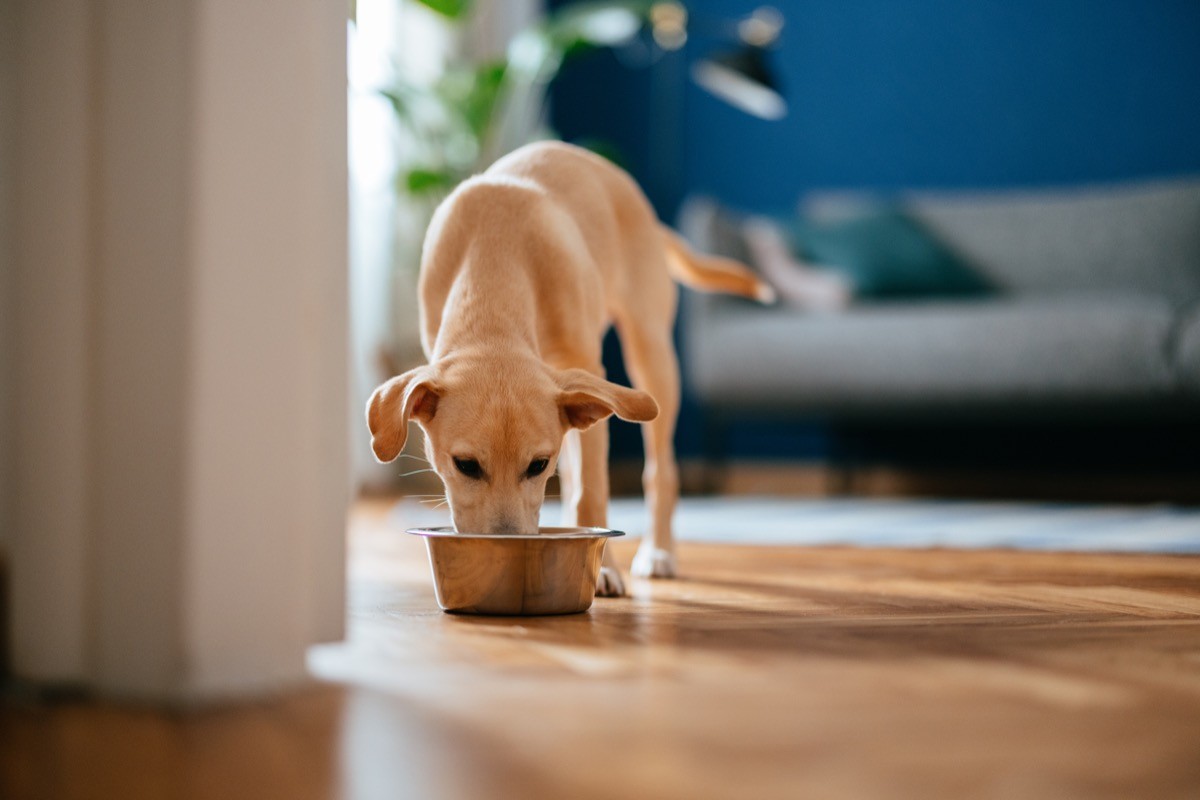
Pet bowls are the fourth germiest spot according to the NSF, and need to be cleaned and sanitized after every use. “We often refill their bowls without washing them as much as we would our own plates,” says Dr. Reginald Nguyen, a family medicine doctor with Memorial Hermann Medical Group Sugar Land Primary Care. “Imagine us eating dry food from the same bowl each day without cleaning it.”
Coffee Reservoir
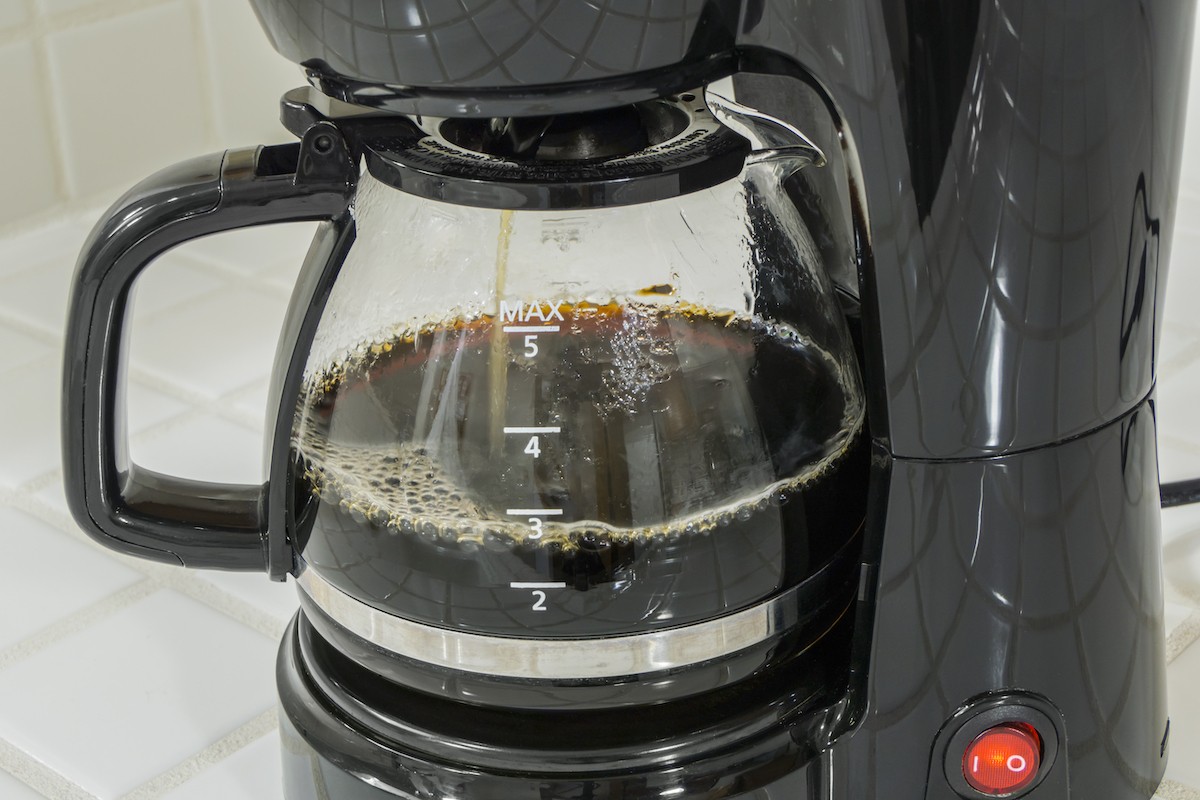
When was the last time you thoroughly cleaned your coffee machine? “Rounding out the top five germiest places in the home was the coffee reservoir,” says the NSF. “Given the dark, damp location, it’s not surprising that it is a prime location for bacteria, mold and mildew to grow.”
Faucet Handles
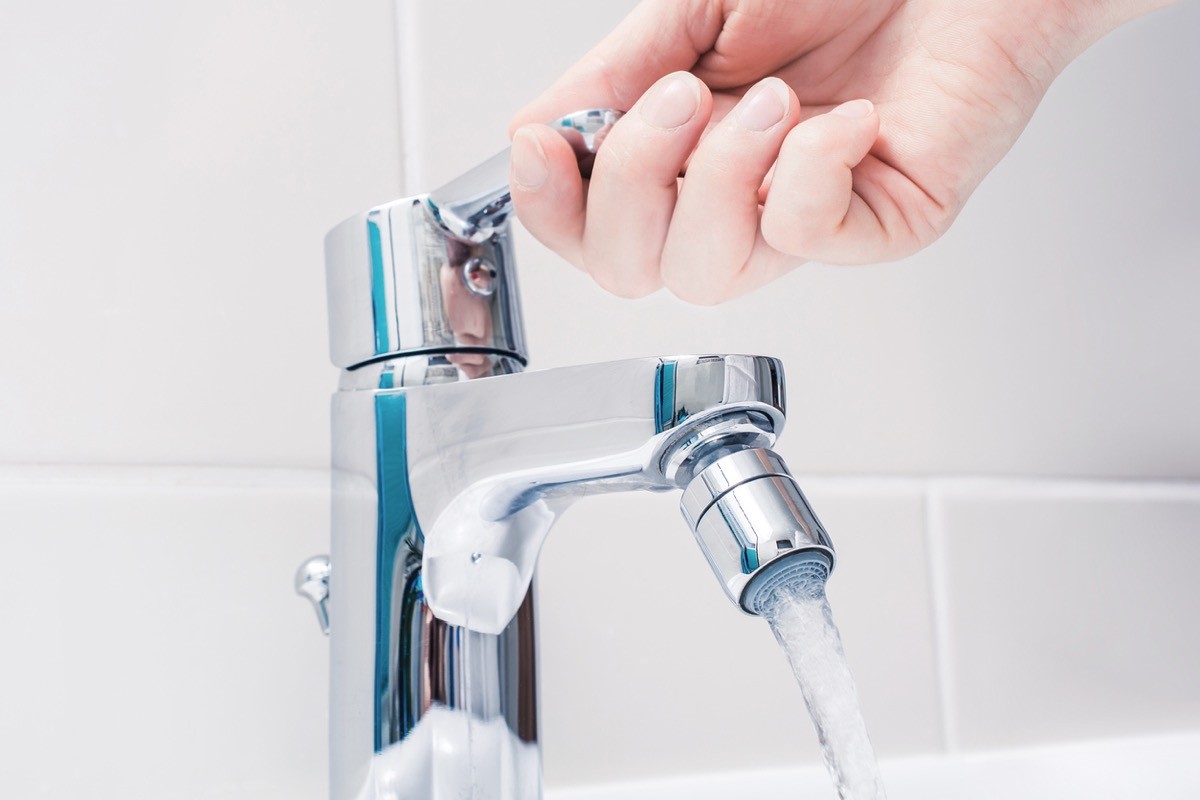
Faucet handles come in at number 6 for germiest spots in the home. “Unless you’re sanitizing your faucet handle between each use, you’re risking giving or receiving germs and pathogens,” according to John the Plumber. “And, unless you’re diligently using paper towels to turn the faucet off after washing your hands in your home, you may be inviting some of the germs back to your freshly cleaned hands!”
Pet Toys
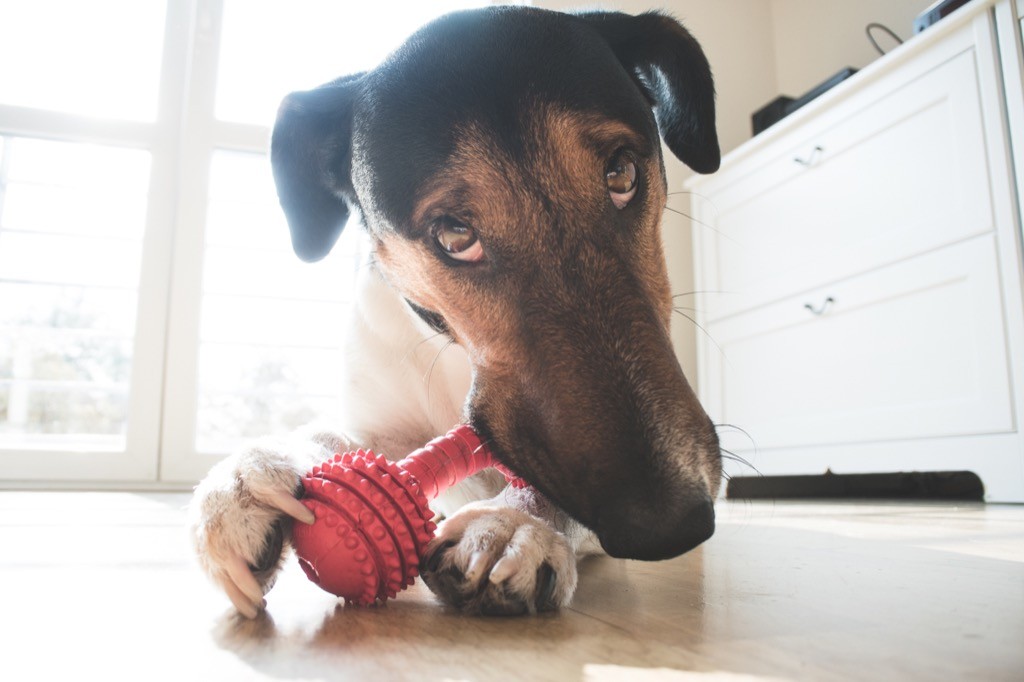
Pet toys come in at number 7. “Toys were a source of coliform bacteria (including Staph bacteria), yeast and mold in many homes,” says the NSF. “Encourage everyone in your household to wash their hands after playing with household pets and especially before eating.”
Stove Knobs
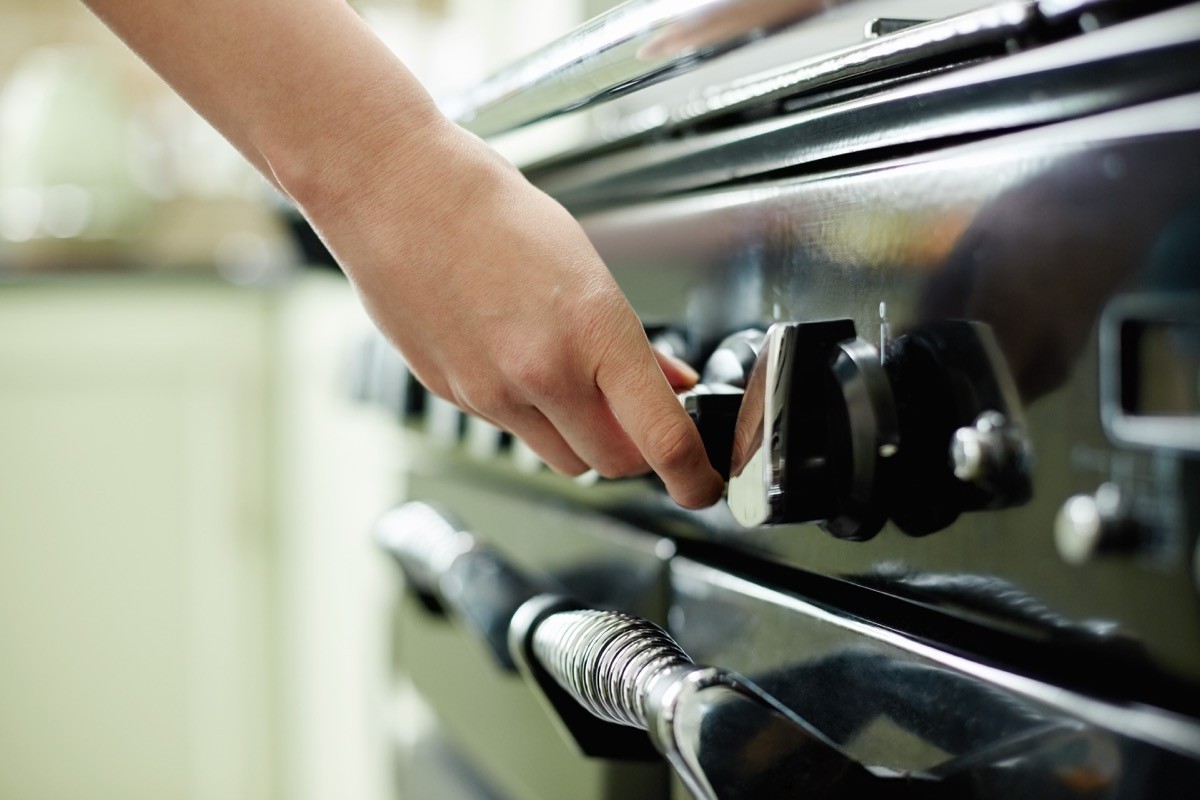
Stove knobs get very dirty very quickly. “While not a place that many of us think about, stove knobs are in the top ten for common places for germs to hide in our homes,” says the NSF.